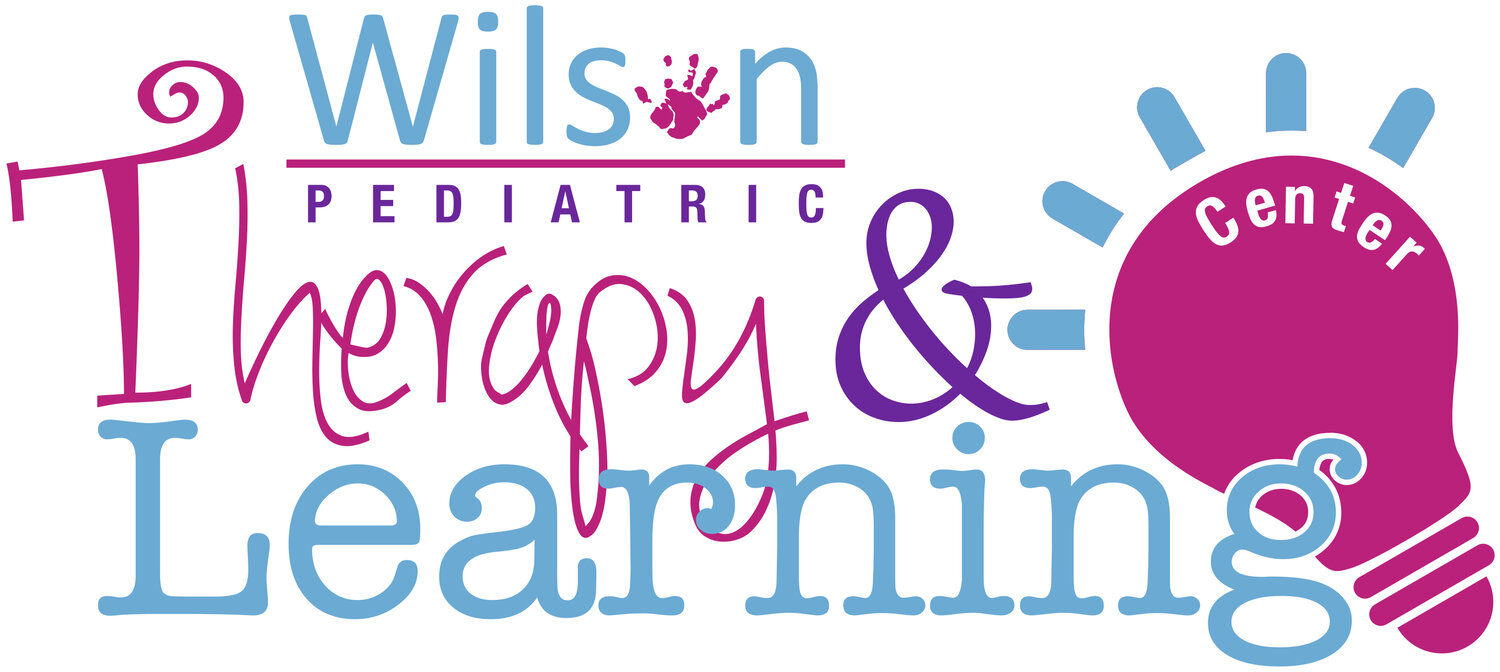Infant Torticollis: What You Need to Know
Torticollis is a newborn and infant condition in which the neck muscles contract, causing the head to twist or tilt to one side. Some infants are born with it (congenital torticollis) which normally is because of the way your baby was positioned in utero. Some acquire torticollis after birth (acquired torticollis) which is caused by trauma or infection but can usually be traced back to birth.
A rope-like muscle runs down both sides of the neck, from the ears to the collarbone. This may put too much pressure on one side of your baby’s neck, pulling their head into a tilt and/or rotation. The excess pressure can cause the muscle to tighten and become shorter than the muscle on the other side of the neck.
Torticollis is in infants common- it affects 3 in every 100 babies. Fortunately, in most cases, infant torticollis is easily treatable. Early detection and treatment of torticollis is important to make sure that it doesn’t become a bigger problem in the future.
Even if your baby is born with torticollis, you may not notice any symptoms until they are 6-8 weeks old, when babies gain more control over their head and neck.
Symptoms include;
Head tilting or rotating to one side
Limited range of motion in neck (Trouble turning head side to side or up and down)
Asymmetry in your baby’s head and face
Breastfed babies may have trouble feeding from both breasts and prefer one side to another
A small, soft lump in your infant’s neck (Do not palpate or massage the area, but you can let your therapist or physician know)
The most commonly noticed symptom is plagiocephaly, or a flat spot appearing behind one ear and on the side, the child likes to look toward
Think your child may have infant torticollis? We can help! Once our licensed pediatric occupational therapists perform a thorough assessment, they develop a comprehensive treatment plan to help your child achieve their potential. Therapy can help restore your child’s range of motion, functioning, and continued acquisition of motor milestones.

